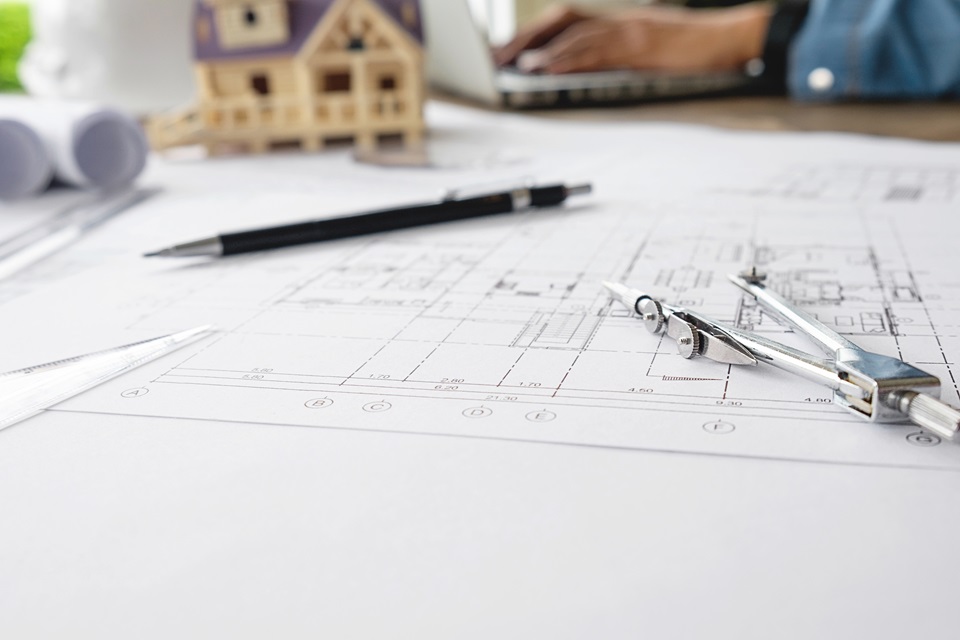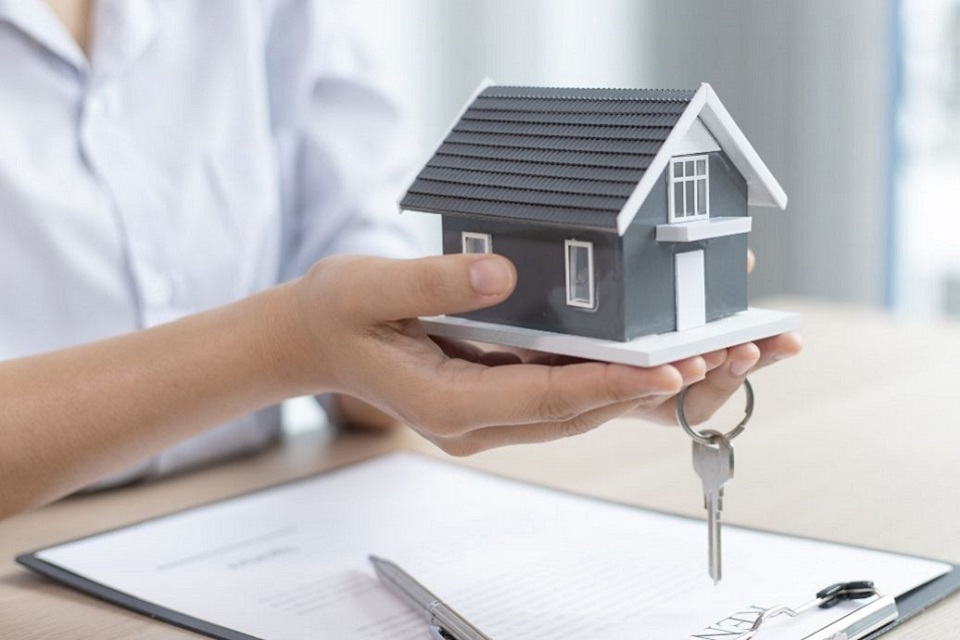
Introduction To Sustainable Architecture
Sustainable architecture is a design philosophy prioritizes environmental responsibility and energy efficiency in building practices. It integrates green design principles from conception to operation to preserve natural resources for future generations. Professionals like architect play a crucial role in implementing sustainable strategies that benefit the environment and enhance the quality of life for inhabitants.
Environmental Impact & Benefits
Use sustainable design in home renovation to reduce the environmental impact of buildings(which account for 40% of global carbon emissions). By maximizing energy efficiency and leveraging renewable resources such as solar panels and rainwater collecting systems, architects may drastically minimize energy use and waste. Sustainable buildings also feature enhanced insulation and energy-efficient windows, reducing heating and cooling needs and making them crucial in combating climate change.
Economic Advantages Of Sustainable Buildings
Sustainable buildings offer both environmental and economic benefits. Energy-efficient structures can save on utility bills with up to 30% lower operational costs than traditional structures. They also have higher property values and lower vacancy rates. As public awareness of environmental issues increases the demand for eco-friendly structures rises making sustainably designed buildings more attractive investments for environmentally conscious tenants and buyers.
Innovative Sustainable Materials
Sustainable architecture relies on eco-friendly materials like reclaimed wood and recycled steel. Advancements in technology have led to the development of carbon-negative cement and bio-based composites, minimizing the carbon footprint and outperforming traditional materials in durability and efficiency. Carbon-negative cement absorbs more carbon dioxide than it emits reducing greenhouse gases. Bio-based composites from renewable resources offer a sustainable alternative to synthetic products.
Common Challenges & Solutions
Sustainable architecture faces challenges like higher initial costs and regulatory hurdles but can be mitigated through intelligent design and policy support. While technology developments make sustainable choices more inexpensive, governments may offset the cost of sustainable features with subsidies and tax credits. Collaborative efforts among architects, engineers, and policymakers can lead to more supportive regulations promoting sustainable building practices.
Future Trends In Sustainable Architecture
Sustainable architecture is gaining momentum due to advancements in technology and regulations. Innovative technologies are being used to monitor energy use in real-time, reducing building energy consumption. Biophilic design is becoming increasingly popular because it incorporates natural elements and positively affects mental health and well-being. Urban planning also integrates sustainability into design, ensuring high environmental responsibility in neighborhoods and individual buildings. This all-encompassing strategy encourages a sustainable culture within the community.
Conclusion
Sustainable architecture is a crucial evolution in modern architectural practice, offering significant benefits for the planet and economy. It prioritizes resilience and a healthier planet for future generations. The long-term benefits outweigh the initial challenges, making it a wise choice for communities worldwide. As technology advances and public awareness grows, sustainable architecture is expected to become the standard practice.


